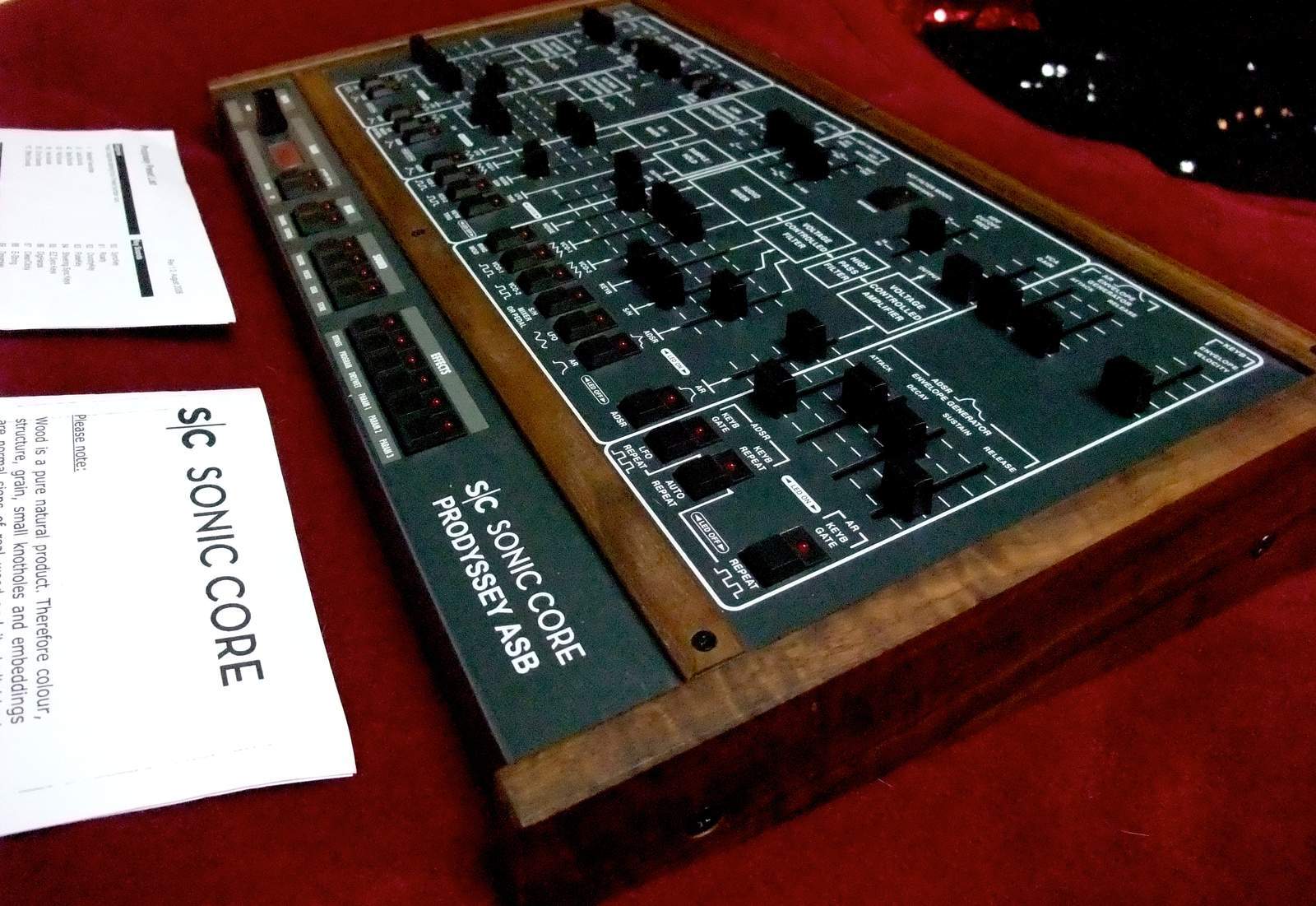Creamware Driver
How do I get my Pulsar soundcard to work without buying another copy of Win 7 64bit. If the issue persists, download the latest driver for Creanware ( Sonic Core) soundcard and try installing it in. 2 people were helped by this reply.

SCOPE XITE-1 is a DSP hardware that is controlled by the SCOPE software via a computer. According to its flexible concept, XITE-1 can be configured like your favored digital production studio. • As a sound engine, XITE-1 is a variety of vintage and new innovative synthesizers at the same time. • In addition, XITE-1 is a multi-effect device with high-end studio Plug-Ins. • Various mixers and mastering Plug-Ins complement the possibilities of latency-free working. • With its high-quality inputs and outputs, XITE-1 is a low-latency audio interface for your DAW as well. SCOPE has been benchmark for sound and versatility for years.
The immense possibilities make it a unique and unmatched flexible latency-free DSP solution. The lively full sound feels and sounds like real high-end studio equipment. Free download 500 sl repair manual programs for first time. Because it is real digital studio equipment!

- The software made by Creamware offered better visual handling of audio 'samples', sometimes called 'clips' or 'items' in similar software. A user could easily drag samples up and down virtual digital multi-tracks in a window called the 'arranger'.
- The Creamware Pulsar2 driver comes as a 4.3 MB software package. It is compatible with the Windows 3.1, Windows 95, Windows 98, Windows 98SE, Windows ME, Windows NT3.51, Windows NT4, Windows 2000, Windows XP, and Windows 2003 operating systems from Microsoft.
The SCOPE Fusion Platform system in use. Here, a sequence in Nuendo is triggering three Inferno synths and an EDS8i drum synth, with their outputs being routed into an SM2448 mixer with the output from Gigastudio. There isn't another system on the planet that makes this possible.
Creamware SCOPE Fusion Platform pros. Incredibly flexible routing system, with excellent driver support and integration with host-based applications. The best-sounding virtual synths available for any computer-based system.

Creamware's SCOPE Fusion Platform is a powerful and flexible PC and Mac-based music-production system that's often overlooked by computer-based musicians. We take a detailed look at the system and investigate what you might be missing. In 2002, Creamware, a company based in an old radio telescope in Sieburg, Germany, celebrated its 10th anniversary — but despite this longevity, Creamware's product line remains a mystery to many musicians, especially in the UK. While most computer-based musicians will be familiar with the name Creamware, relatively few know exactly what its product line offers — a situation that hasn't always been helped by Creamware's often confusingly similar products and bewildering array of options (you can find an attempt to explain these in the 'Meet The Family' box). Indeed, when we interviewed top film composer Hans Zimmer recently, he described Creamware products as his secret weapon, 'which nobody seems to know about'.
Creamware SCOPE Fusion Platform pros • Incredibly flexible routing system, with excellent driver support and integration with host-based applications. • The best-sounding virtual synths available for any computer-based system. • Backwardly compatible and expandable, compared with other manufacturers whose new systems require the old ones to be replaced. Cons • There are better alternatives to some of the SFP's effects and samplers. • The cost of the higher-end systems might be prohibitive for some. • The SFP will leave you with a bad case of DSP lust. Summary If you've reached the limits of host-based processing, Creamware's SCOPE Fusion Platform provides new avenues of exploration, with unparalleled flexibility, incredible synths and much more.

Creamware Luna 2 Driver
Once you've had an SFP card in your computer, I think it's unlikely you'll ever want to be without one again. At the heart of Creamware's product line is the SCOPE Fusion Platform (SFP), which consists of hardware featuring audio and MIDI I/O, and a varying number of Analog Devices SHARC Digital Signal Processor (DSP) chips that can be programmed from a software front-end running on an ordinary Mac or Windows computer. Although the user interface is powered by the host computer, much like a DSP-based Pro Tools system, all of the signal processing is handled by the DSP processors on the SFP's hardware, which currently takes the form of a family of PCI cards, and is soon to be joined by Noah, an external device that can also run in a stand-alone mode without a computer. As you can probably guess, all manner of mixers, effects and instruments have been developed for the SFP, both by Creamware and third parties, although it's important to point out the obvious: the code used to run SFP software is specially written for the SHARC DSPs, meaning the SFP won't be able to run software written to run on your computer's Intel or Motorola host processor. However, this isn't a problem, as one of the strengths of Creamware's SFP is the way it can integrate with your current music software and run all your host-based instruments and effects alongside the DSP-based SCOPE software. For this review, we were initially sent one of the low-end Luna II cards. Later, we received a Power Pulsar Z-Link system running version 3.1c of the SFP with all the optional software that Creamware currently have available.
